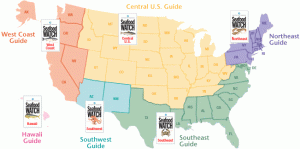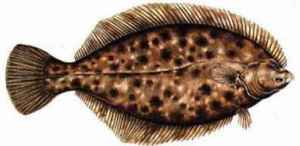No. The classic common name is very misleading. Scientists and environmental educators are transitioning their language to seastar when referring to this animal because, well, it is not a fish.
The seastar is in the same family as the sea urchin, sea cucumber, sand  dollar and a few others that all have these things in common: fivefold radial symmetry, spiny skin and a water based vascular system.
dollar and a few others that all have these things in common: fivefold radial symmetry, spiny skin and a water based vascular system.
The family is called the “echinoderms” which means spiny skinned.
Image (c) dk clipart.
Do you have another great question? Check out www.beachchairscientist.com and let us know what you always ponder while digging your toes in the sand!











What people are saying …